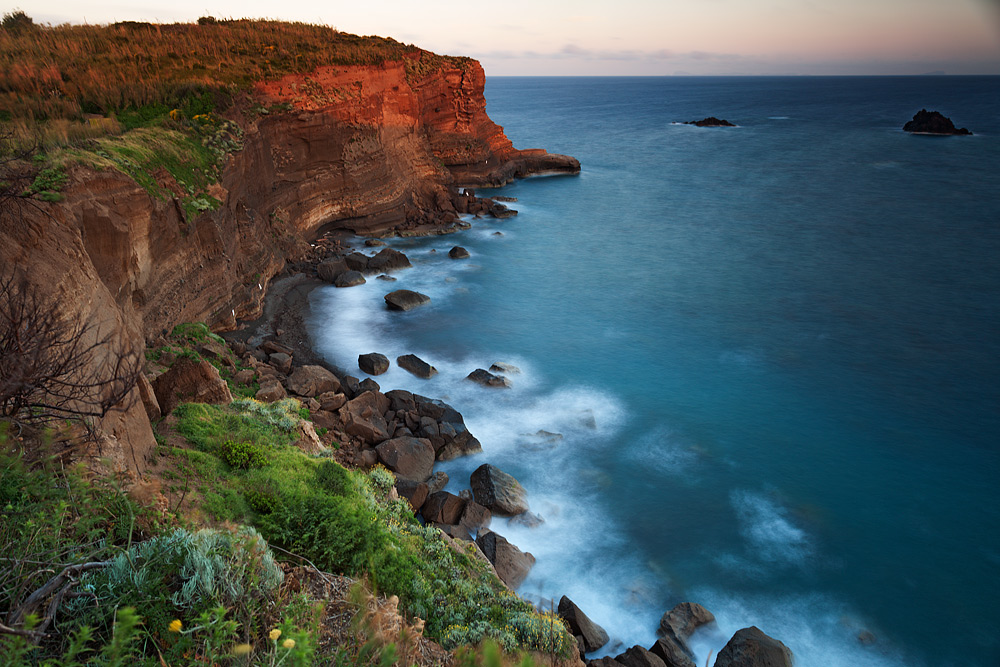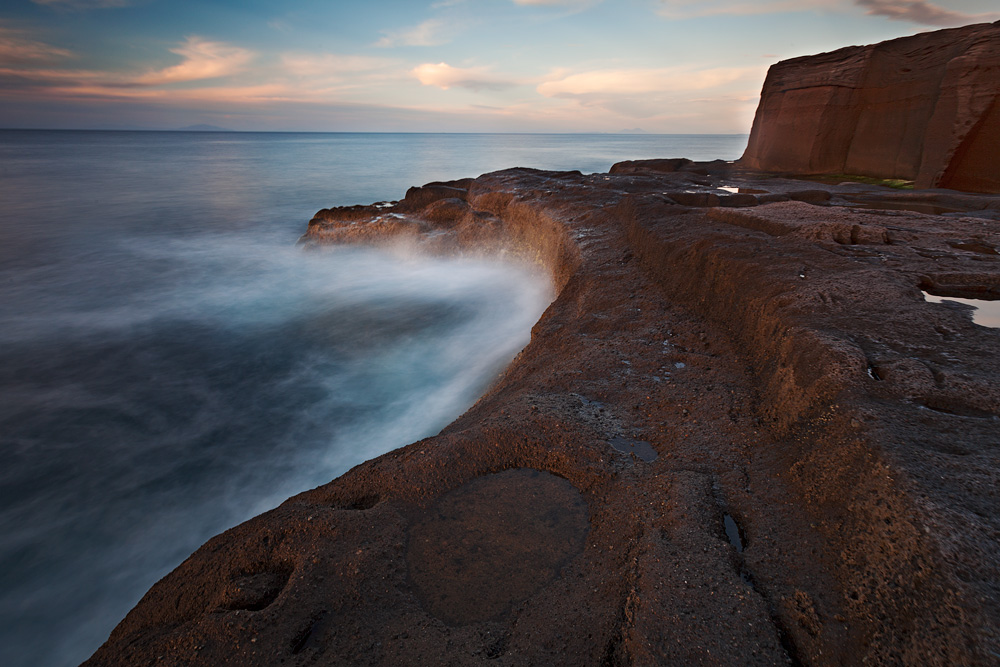menu css3 by Css3Menu.com
| ITALIAN MINOR ISLANDS |
|
|
|---|
MINOR ISLANDS: THE ARCHIPELAGO PONTINO The Pontine archipelago extends into the Tyrrhenian Sea, off the coasts of Southern Lazio, and more precisely in the city of Latina, at an average distance of twenty miles. It is made up of 5 major islands and some smaller islets. It is, in large measure, subdividable into two groups of islands: Ponza, the largest, Palmarola and the most northern Zannone, form the Ponzian archipelago. Ventotene and Santo Stefano more to the south, halfway between the first and the Neapolitan islands of Ischia, Procida and Capri, complete what is commonly called Pontino archipelago properly said. PONZA It is the largest of all pontine islands. It has a length of about 9 km and a maximum width of 3 km. It is also the most turisticly crowded, being in the yacht range from Rome. However, her beauty does not hurt her. It is very nice to go around the town of Ponza or between the houses of Le Forna, the second center of the island, in search of the best corners. And then, if you go on the bosses, on the cliffs and in the valleys, the landscapes will be certain, also favored by a sea of rare beauty. There are so many trails on the island that allow you to reach the most remote corners. We recommend a visit to the Punta della Guardia lighthouse, accessible via a trail perched on the cliff side. Once you get to your destination you will appear to be in a scenarios of a fantasy movie. VENTOTENE Located about 15 miles south of Ponza, it is, in my opinion, the true pearl of the Pontine archipelago. From the characteristic wedge shape, it is very small, not even 4 km from the small village of Ventotene in the lower part, to Punta dell'Arco in the highest part. It was the cradle of the united Europe, having been conceived here, by Altiero Spinelli, the Ventotene Manifesto, the first programmatic document of what will later become the European Union. The island (to be avoided absolutely in the summer) is all a triumph of magic corners, landscaped hints and really remarkable details. Suitable for daytime photos, spectacular for those at night is a place with a magical atmosphere. Opposite, just under 1 mile, stands the island of the Santo Stefano's colon, whose prison in Borbonico style is a unique example of the world of prison architecture and deserves a visit on board the local fishermen's boats. As far as fauna is concerned (which is here mostly birdlife), we notice that the island, together with the smallest Santo Stefano, has become a state nature reserve for the extreme naturalistic interest and also because it is used together with Santo Stefano as "resting and feeding areas" of migratory birds. It is quite obvious that, since there is no hunting, opportunities for bird photographers will be missed. So magical islands full of photographic opportunity for the landscape and the bird life where I will be happy to accompany you if you wish. Visit the galleries. For information on travel organization contact the author at the contact details provided in the "Contacts" section.
|
 |




















